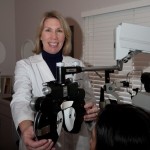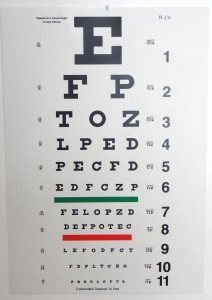A contact lens is a medical device, like a breast implant or a hearing aid. Contacts can be worn to correct vision as well as for cosmetic or therapeutic reasons. In the United States, all contact lenses require a current prescription. A contact lens prescription generally expires on a yearly basis. This is to ensure that the eyes are healthy enough to support contact lens wear and that the current contact lenses are still the most appropriate. 
An eye examination is necessary to determine the suitability of contact lenses and also to determine the size, parameters and limitations of the eye. This typically includes a refraction to determine the proper power to see clearly, keratometry to measure the shape and size of the cornea and a thorough health assessment of the eye.
Conditions that may complicate contact lens wear include dry eye, irregular and high astigmatism and eyelid irregularities.
